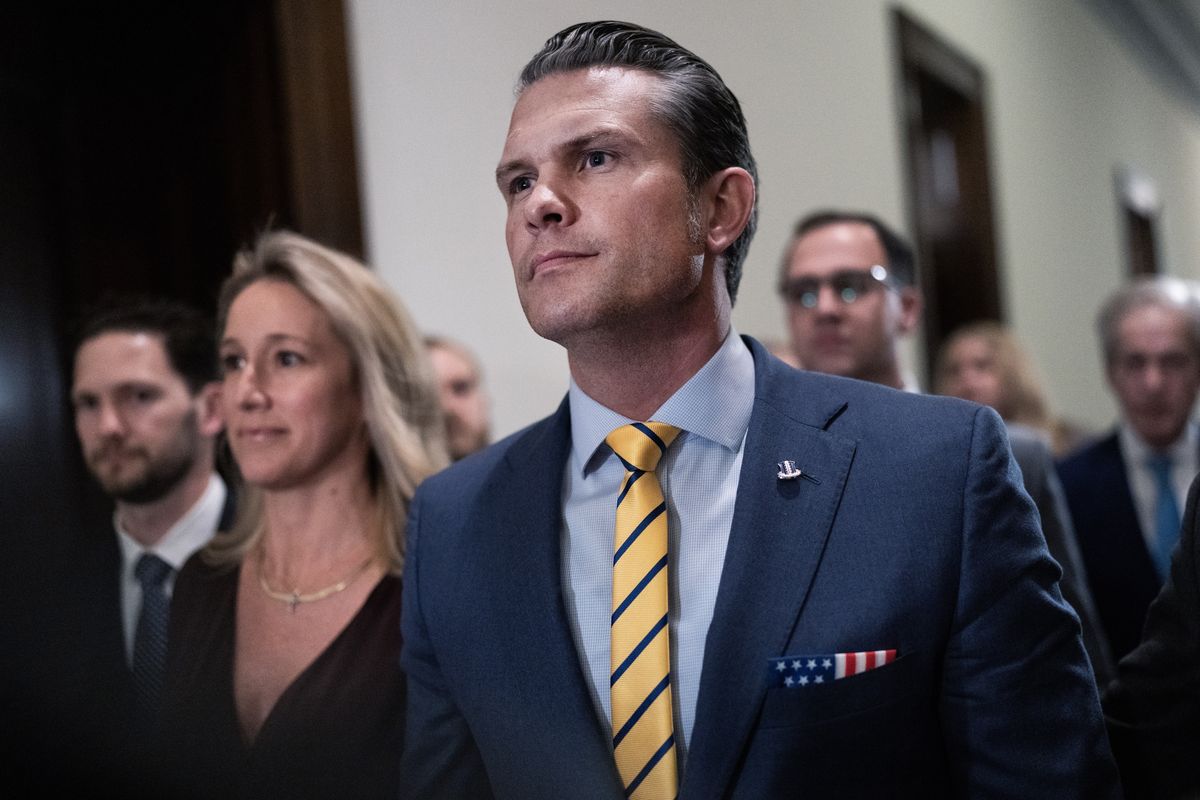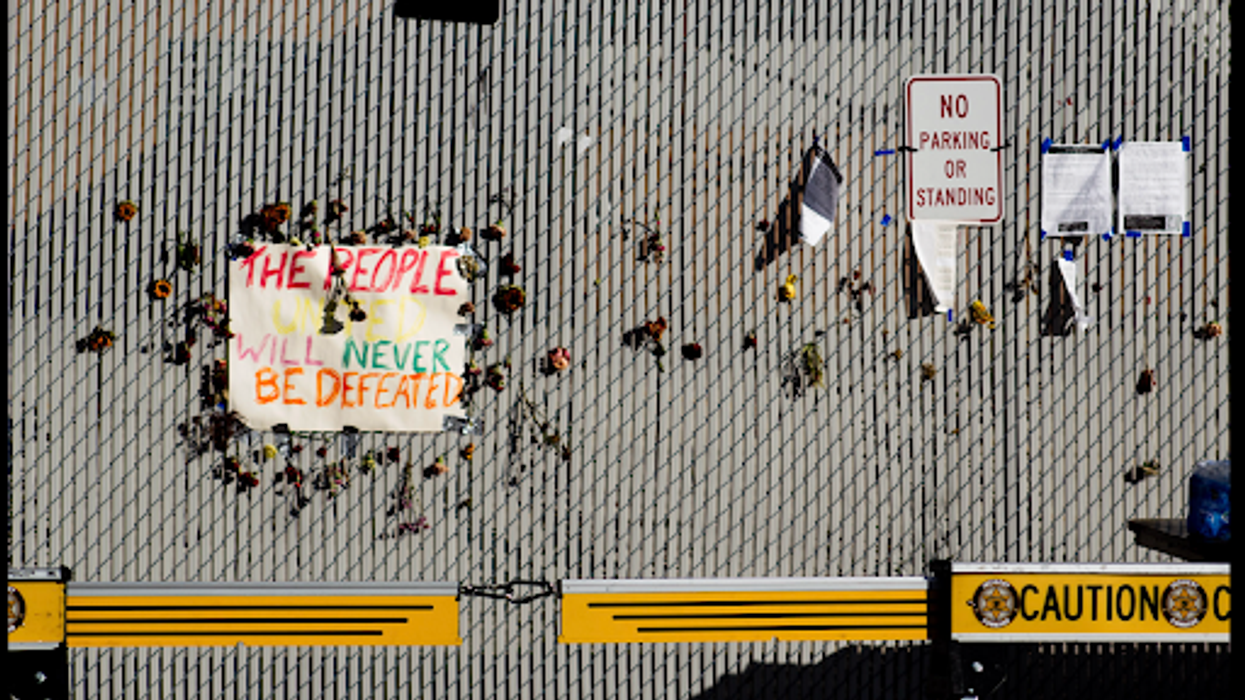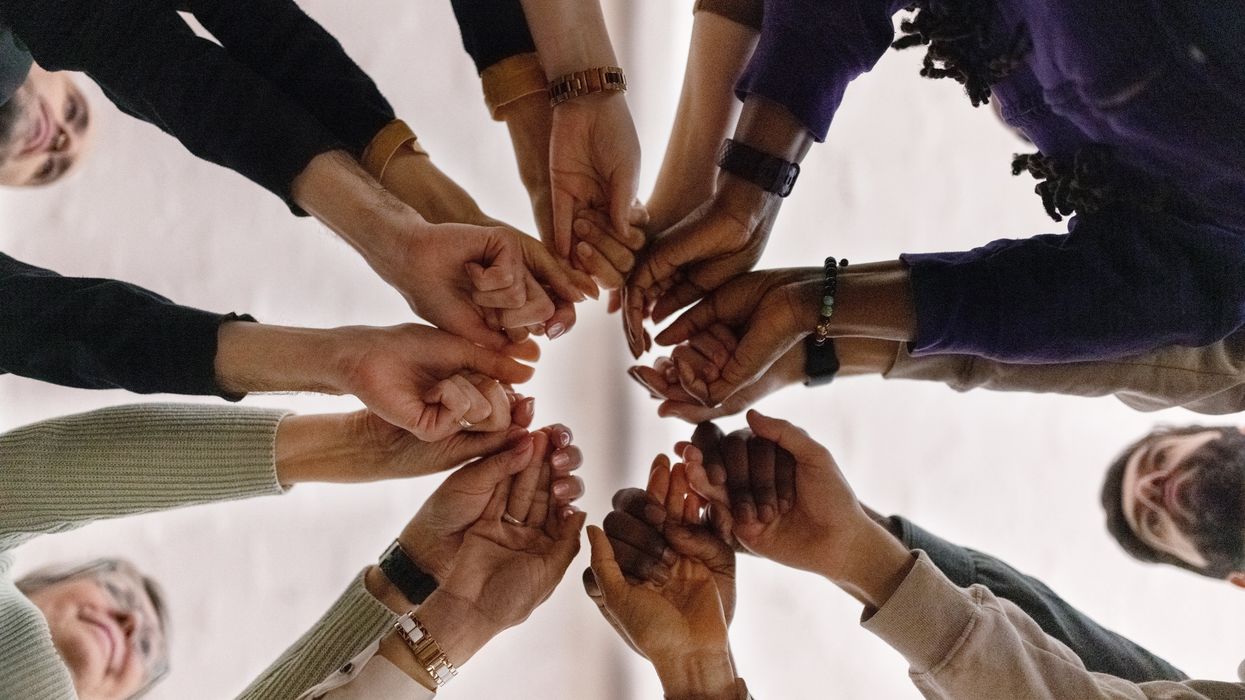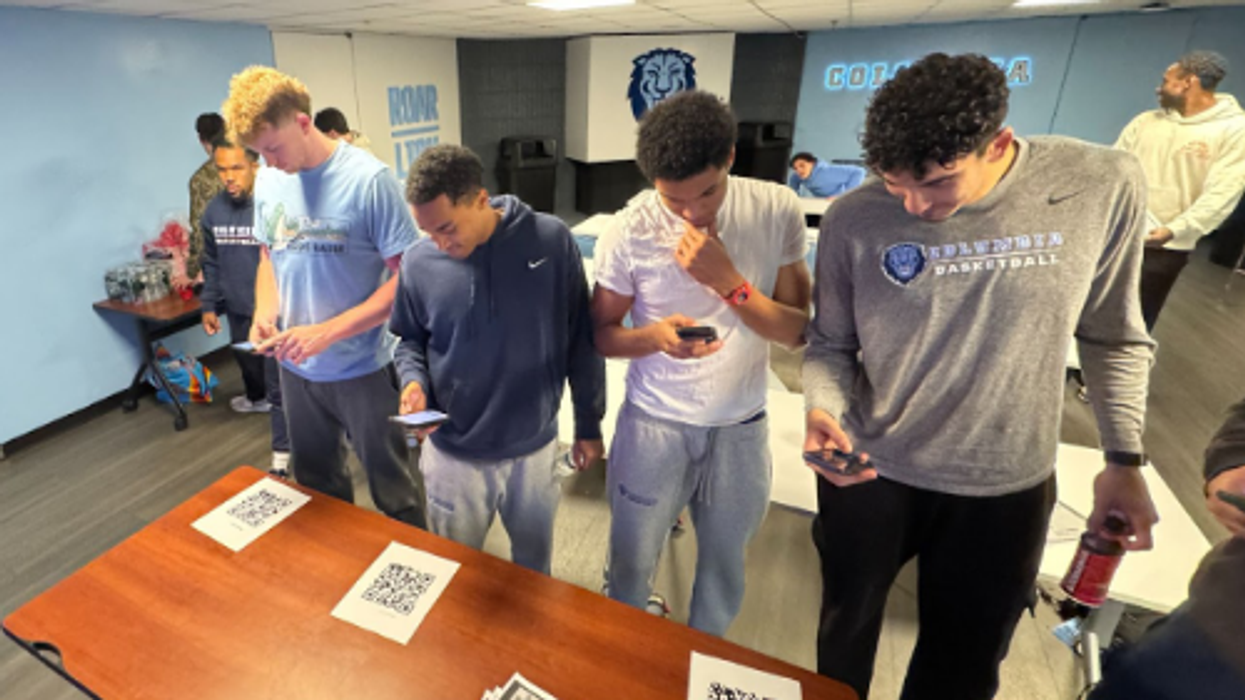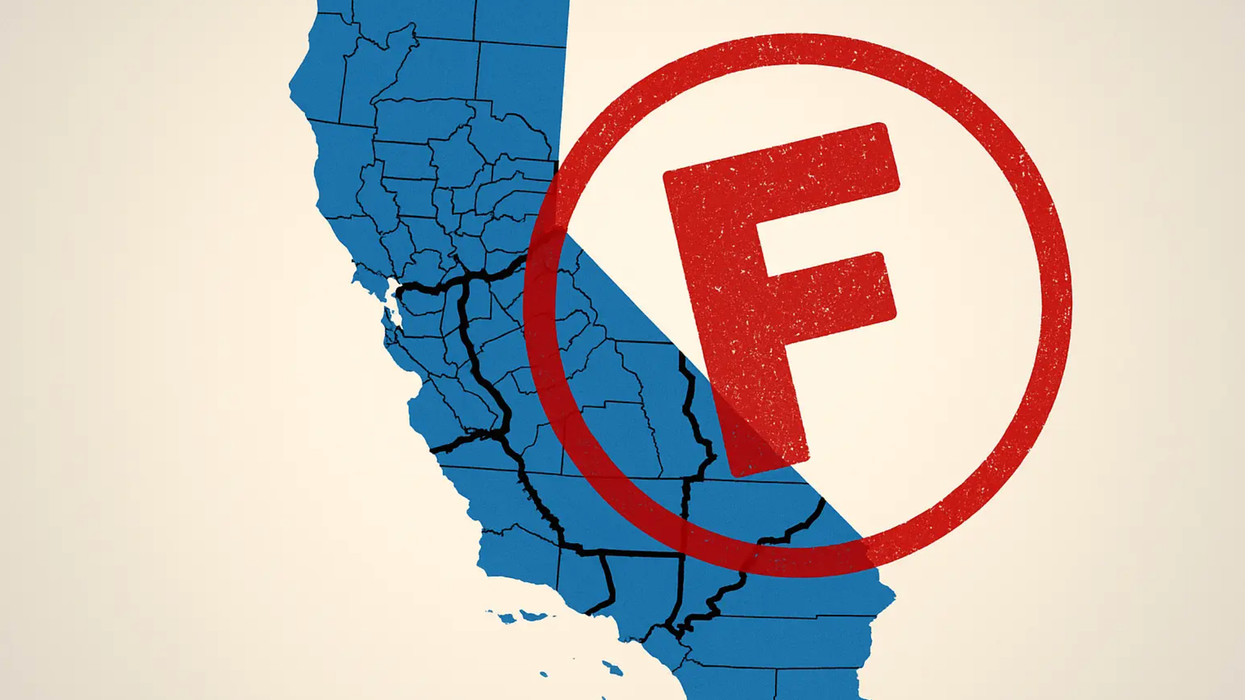The mayor of Fort Worth, Betsy Price, had an answer for her city's historically low turnout in local elections. She blamed the schools.
"Part of the problem is public schools aren't teaching civic engagement," she said during a mayoral debate in May, the election a few days away.
One of her challengers, though, blamed the press. "If the media would get more behind things and get a fire going, we'd have better turnout," James McBride said.
And another challenger blamed the politicians. "We have leaders who don't want people to come out and vote because they know a low voter turnout favors them," Deborah Peoples said.
Peoples, the local Democratic Party chairwoman, lost the election and Price, a Republican, won her fifth term. But the research on what influences turnout suggests it was Peoples who was onto something.
While voter ID laws, fewer polling locations and limited early voting garner media attention and the ire of voting rights activists, less attention is paid to what research suggests is the single most important factor driving poor participation in local elections: timing.
Fort Worth, where just 8 percent of registered voters ultimately cast ballots for mayor this year, is like most American cities in holding their municipal elections "off cycle" — political shorthand for contests not decided in November of even-numbered years, when most people consider Election Day to occur.
Only 10 states align (or have recently passed laws to align) municipal races with presidential and congressional midterm elections. And among the 50 largest cities, more than three-fourths have off-cycle schedules, according to a 2016 study by researchers at Portland State University.
The scheduling has a profound effect: The study showed that among the 30 largest cities, average voter turnout nearly doubled in elections held in November of even-numbered years compared to off-cycle elections.
The research is clear: If you want more people voting in local races, the easiest thing to do is schedule the election on the day when most people are accustomed to voting, said Zoltan Hajnal, a political scientist at the University of California at San Diego.
"If you care about local elections, this is the single most important reform that is on the table," he said. "Nothing else comes close to altering and expanding local democracy the way that on-cycle elections do."
The reason why a majority of cities hold standalone elections today traces back to the late 19th century, when Progressive Era reformers pushed to decouple local and federal elections for purposes still debated.
"In the words of the reformers, it was to get more knowledgeable citizens to be the ones deciding local elections," Hajnal said. "In the words of the critics of this reform, it was a way for middle-class, largely white interests to try and prevent or limit the voting of immigrants and the working class."
Cities with on-cycle elections typically have higher turnout but also a more diverse electorate, he said.
"It makes participation more representative of the people — on race, on age, on income — on all sort of demographic factors that we think matter," he said. "On-cycle elections appear to make the electorate look more like the population as a whole."
Off-cycle contests, meanwhile, generally draw a narrow range of voters, specifically a disproportionate amount of intensely motivated members of organized groups who elect candidates that reflect their values, according to Sarah Anzia of the University of California at Berkeley, who wrote a book on how special-interest groups benefit from low turnout in local races.
Her research showed that these groups have largely blocked efforts to change the timing of off-cycle elections even though a majority of Americans prefer it.
"Over the past decade, state legislatures have considered hundreds of bills to consolidate elections, yet almost all have failed to pass — in large part because groups that benefit from off-cycle timing fight such changes," Anzia wrote in a 2015 essay. "For example, I found that teachers' unions and school board associations often turn up to testify against bills that would move school elections on-cycle."
Nonetheless, some cities and state legislatures in recent years have moved to consolidate elections in light of poor turnout in local races.
In 2015, California passed a law requiring cities with historically low turnout to switch from off-cycle to on-cycle elections.
Last year, Phoenix voters approved a ballot measure to change the date of local elections from the fall of odd-numbered years to November of even-numbered years. (Arizona recently passed a law similar to California in which cities with low turnout will be forced to change to on-cycle elections in future years.)
And in June, Nevada approved on-cycle elections starting in 2020.
Despite the gains, however, Hajnal said a conservative estimate of the number of cities with off-cycle elections remains at 70 percent, in large part because it's difficult to convince those in power to voluntarily change a system that benefits them.
"If you won office with a limited electorate and you're going to all of sudden double and change the electorate, you may not win office again. It's something that scares incumbents."




